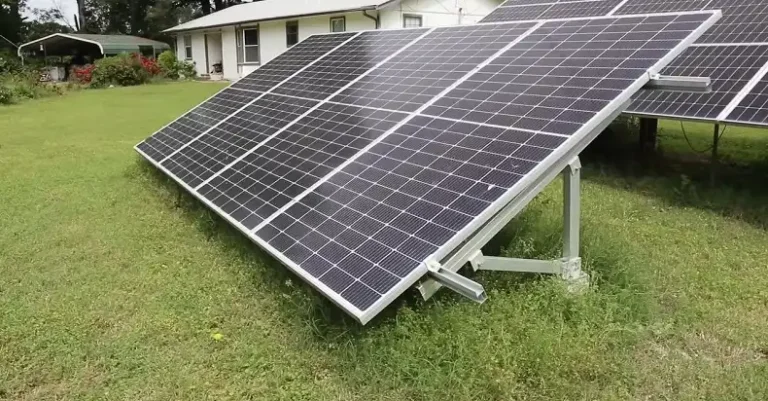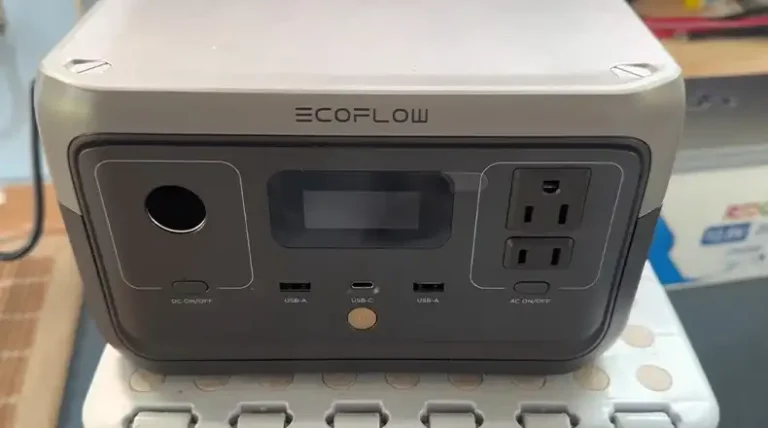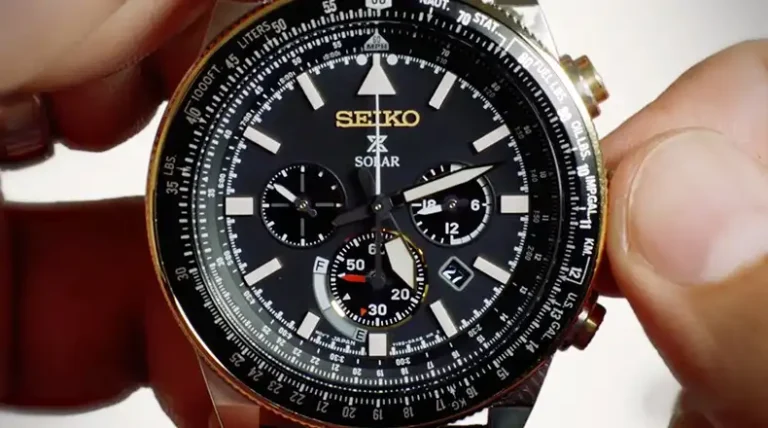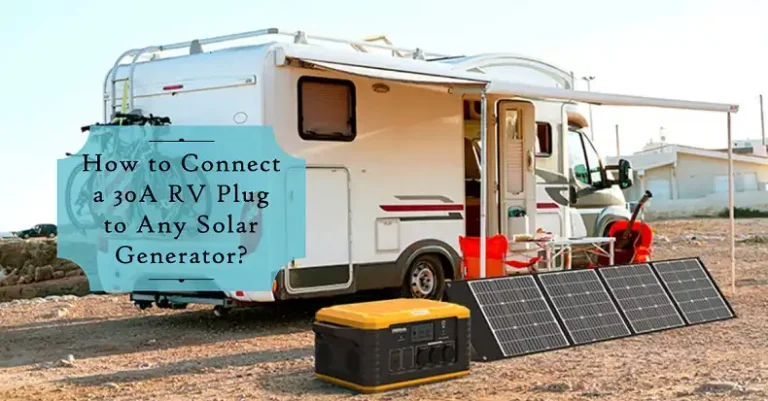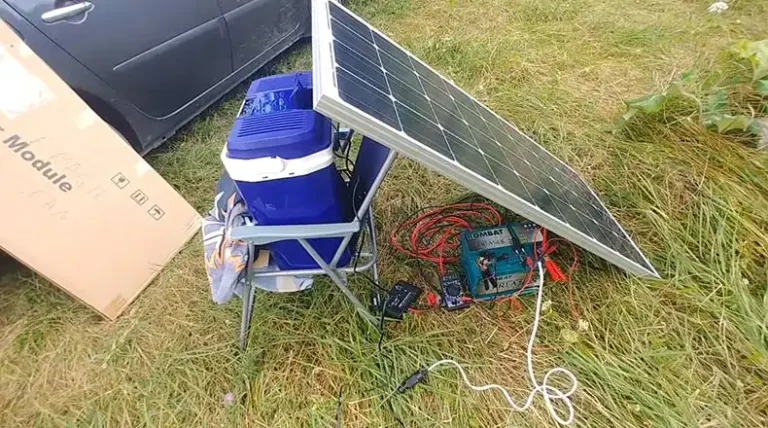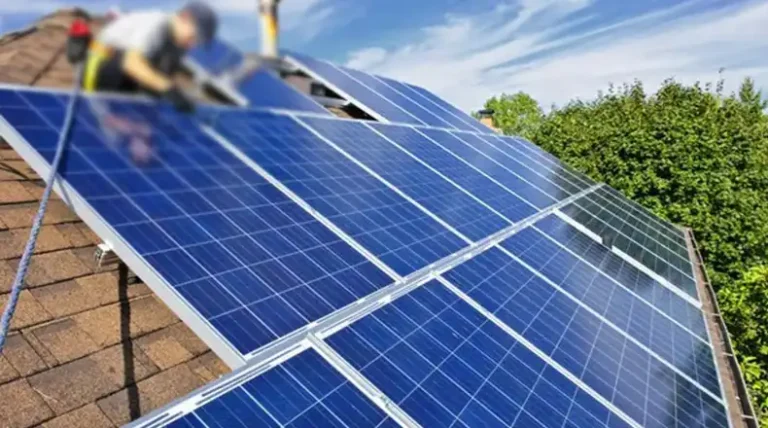How to Make a Solar Panel out of Recycled Materials? 5 Easy Steps I Followed
Solar energy is a clean and renewable source of energy that can help us reduce our reliance on fossil fuels and combat climate change. However, solar panels can be expensive to purchase. If you’re looking for a more affordable and sustainable option, you can try making your own solar panel from recycled materials.
Despite the challenges, making a solar panel from recycled materials is a great way to save money, reduce your environmental impact, and learn about solar energy.
In this article, I will provide you with a step-by-step guide on how to make a solar panel from recycled materials. We will also provide you with tips on how to overcome the challenges of making a solar panel from recycled materials, such as finding recycled solar cells in good condition and ensuring that the solar cells are all the same type.
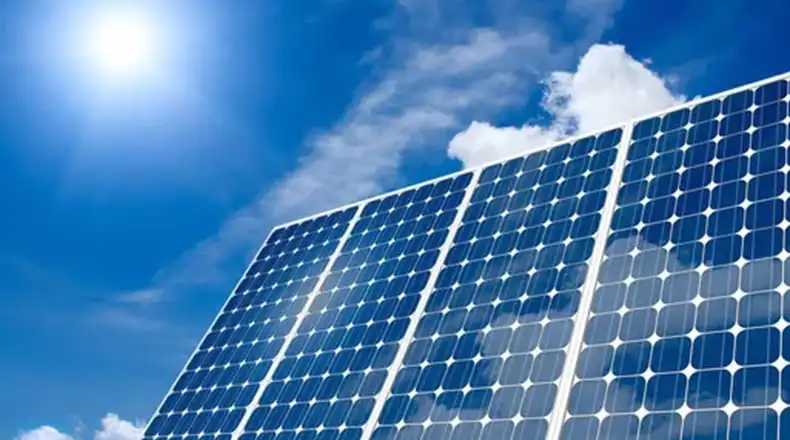
Step 1: Solar Cell Preparation
- Cleaning: Use a mild soap and water solution to clean the solar cells. Be sure to remove any dirt, dust, or debris.
- Testing: To test the solar cells, you can use a solar cell tester or a multimeter. The solar cell tester will measure the power output of the solar cell, while the multimeter will measure the voltage and current. If the solar cell is still in good condition, it should produce a voltage of at least 0.5 volts and a current of at least 10 milliamps.
- Removing old solder: If the solar cells have any existing connections or old solder, you will need to remove them. You can do this using a soldering iron and a pair of needle-nose pliers. Be careful not to damage the solar cells while removing the old solder.
- Laying out the solar cells: Once the solar cells are clean, tested, and free of old solder, you can lay them out on the substrate to plan the panel’s layout. The substrate is the material that the solar cells will be attached to. It can be made of wood, metal, or plastic.
Step 2: Tabbing
Tabbing is the process of soldering tabbing wire onto the front and back of each cell, creating a series of interconnected cells. Tabbing wire is a thin, flexible wire that is used to connect solar cells together.
To tab the solar cells, you will need a soldering iron, solder, and tabbing wire. Cut the tabbing wire into pieces that are long enough to connect the solar cells together in a series. Then, solder the tabbing wire to the positive and negative terminals of the solar cells. Be precise and careful during this step, as a solid electrical connection is crucial.
Step 3: Encapsulation
Encapsulation is the process of covering the solar cells with a layer of protective material. This will protect the solar cells from the elements and extend their lifespan.
The most common material used for encapsulation is ethylene-vinyl acetate (EVA) film. EVA film is a clear, flexible material that is easy to work with. To encapsulate the solar cells, simply place the EVA film over the cells and substrate. Then, use a heat source to activate the encapsulant, creating a secure, weatherproof seal.
Step 4: Framing
Once the solar cells are encapsulated, you need to attach a frame around the edges of the panel. The frame will protect the solar cells and provide structural support.
The frame can be made of wood, metal, or plastic. If you are using wood, be sure to seal it with a waterproof sealant. If you are using metal, be sure to use a type of metal that is resistant to corrosion.
Step 5: Wiring and Sealing
The final step is to connect the tabbing wire to a junction box on the back of the panel. The junction box is a small box that contains the electrical connections for the solar panel.
Once the tabbing wire is connected to the junction box, you need to seal the edges of the panel with a waterproof sealant. This will prevent moisture from getting into the panel and damaging the solar cells.
Congratulations, you’ve just created your very own solar panel from recycled materials!
Equipment Required for Making a Solar Panel with Recycled Materials
To make a solar panel from recycled materials, you will need the following equipment:
Solar Cells
These are the heart and soul of your solar panel. Solar cells are responsible for converting sunlight into electricity. You can often find used or discarded solar cells on the market, or you might consider salvaging them from old solar panels.
Substrate Material
You’ll need something to attach your solar cells to, and that’s where the substrate material comes in. Recycled plywood, glass, or plastic sheets can serve as suitable substrates.
Tabbing Wire
Tabbing wire connects the individual solar cells in your panel. It’s essential to ensure efficient electricity flow. You can purchase tabbing wire or repurpose old wires for this purpose.
Flux Pen and Soldering Iron
Soldering is how you connect the tabbing wire to the solar cells. A flux pen and soldering iron are vital tools for this step.
Encapsulant
The encapsulant protects the solar cells from the elements. EVA (ethylene-vinyl acetate) film is commonly used for this purpose.
Frame Material
To secure everything in place, you’ll need a frame. Recycled aluminum or steel can work well for this purpose.
Sealant
A good sealant will keep moisture out and ensure your solar panel’s longevity.
Additional Tips When Making Solar Panel Out of Recycled Materials
- When soldering the tabbing wire to the solar cells, be sure to use a small amount of solder. Too much solder can damage the solar cells.
- When using a heat source to activate the EVA film, be careful not to overheat the solar cells. Overheating can damage the solar cells and reduce their efficiency.
- Make sure the frame is sturdy and provides good structural support. The solar panel will be exposed to the elements, so it is important to make sure it is well-protected.
- Use a high-quality waterproof sealant to seal the edges of the panel. This will help to prevent moisture from getting into the panel and damaging the solar cells.
Final Thoughts
Making a solar panel from recycled materials is a great way to save money and reduce your environmental impact. It is also a fun and rewarding project. If you are interested in making your own solar panel, be sure to follow the instructions carefully and take safety precautions.

